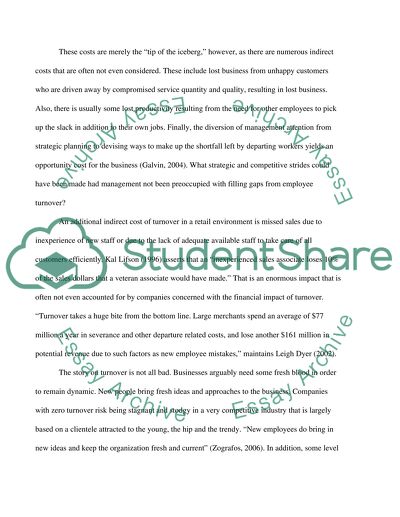Cite this document
(“Employee Turnover Essay Example | Topics and Well Written Essays - 2750 words”, n.d.)
Retrieved from https://studentshare.org/miscellaneous/1524231-employee-turnover
Retrieved from https://studentshare.org/miscellaneous/1524231-employee-turnover
(Employee Turnover Essay Example | Topics and Well Written Essays - 2750 Words)
https://studentshare.org/miscellaneous/1524231-employee-turnover.
https://studentshare.org/miscellaneous/1524231-employee-turnover.
“Employee Turnover Essay Example | Topics and Well Written Essays - 2750 Words”, n.d. https://studentshare.org/miscellaneous/1524231-employee-turnover.


